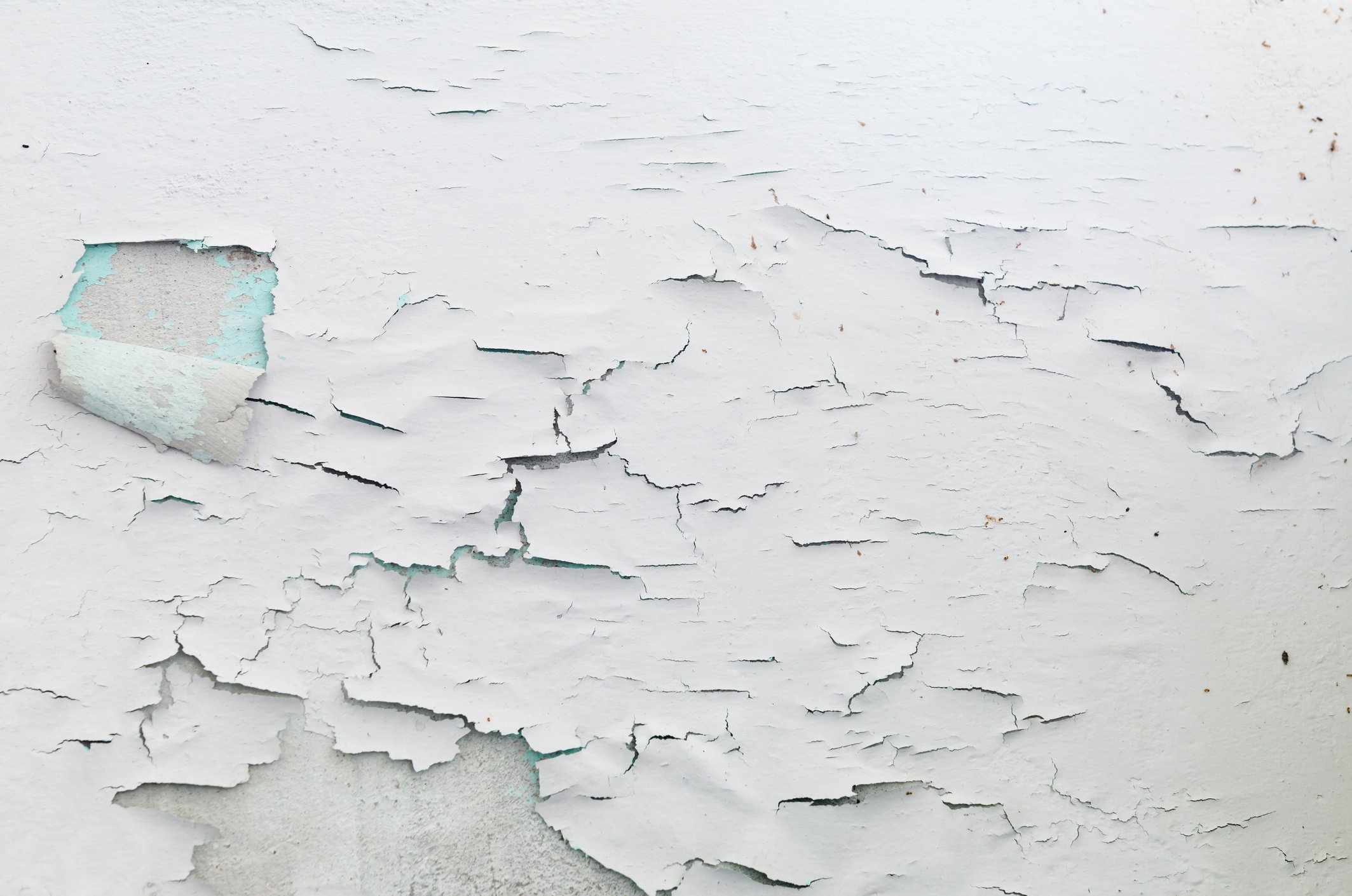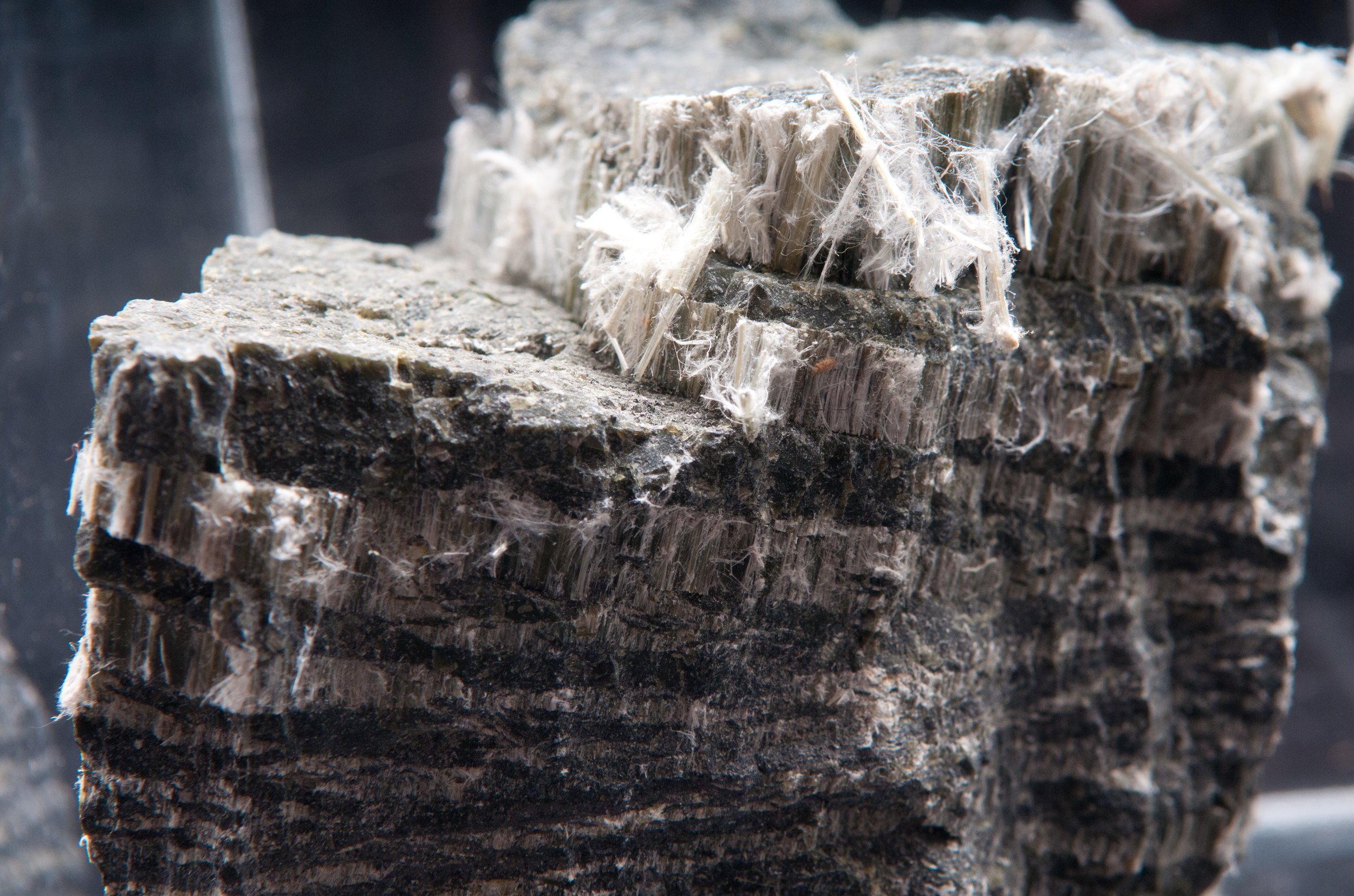
Lead-Based Paint Testing
Lead-Based Paint Sampling with XRF Testing in Mesa, Chandler, Gilbert, and Phoenix
QIC Environmental Service provides professional lead-based paint sampling using advanced XRF (X-ray fluorescence) testing technology. This fast, non-destructive method accurately detects lead in paint, making it a safe and efficient choice for homeowners, property managers, and contractors. We proudly serve Mesa, Chandler, Gilbert, Phoenix, Scottsdale, and surrounding areas, helping protect properties and occupants from the dangers of lead exposure.
What Is XRF Lead-Based Paint Testing?
XRF testing is a state-of-the-art method for detecting lead in painted surfaces. Using handheld XRF devices, our certified technicians can test walls, windows, doors, and other surfaces without damaging your property. This is especially important for buildings constructed before 1978 when lead-based paint was commonly used.
Why Choose QIC Environmental Service for Lead Sampling?
• Accurate, Non-Destructive Testing: Our XRF testing delivers immediate results without the need to scrape paint or damage surfaces.
• Serving Residential & Commercial Properties: We offer lead-based paint testing for homes, schools, offices, and rental properties in Phoenix, Mesa, Chandler, and beyond.
• Certified and Experienced Technicians: Our team follows EPA and HUD guidelines to ensure safety and compliance during lead testing.
When to Schedule Lead-Based Paint Testing
You should consider XRF lead sampling if:
• You’re planning renovations, painting, or demolition in a property built before 1978.
• You own or manage rental properties that may be subject to lead-paint regulations.
• You want peace of mind knowing your home or workplace is safe from lead hazards.
Serving Mesa, Gilbert, Chandler, Scottsdale & Surrounding Areas
We provide comprehensive lead-based paint testing across the greater Phoenix metro area, including Mesa, Chandler, Gilbert, Scottsdale, and nearby communities. Whether you need testing for a single-family home, apartment complex, or commercial property, we’re here to help.
Contact Us for XRF Lead-Based Paint Sampling Today
Protect your property and the health of your occupants. Schedule professional XRF lead-based paint testing with QIC Environmental Service today. Call us now to book an appointment in Mesa, Gilbert, Chandler, Phoenix, or surrounding areas and get fast, accurate results you can trust.

What is Lead?
Lead is a naturally occurring element. Lead can be found in all parts of our environment – the air, the soil, the water, and even inside our homes. Homes built before 1978 are likely to have some lead-based paint. When the paint peels and cracks, it makes lead paint chips and dust. Any surface covered with lead-based paint where the paint may wear by rubbing or friction is likely to cause lead dust including windows, doors, floors, porches, stairways, and cabinets.
Our use of XRF (X-ray fluorescence) lead paint analyzers have emerged as powerful tools in the battle against lead poisoning. Our aims is to shed light on the benefits of XRF lead paint analyzers and their role in ensuring safety.

Who is at Risk?
Children
Lead is particularly dangerous to children because their growing bodies absorb more lead than adults. Their brains and nervous systems are more sensitive to the damaging effects of lead. Children may be exposed to lead by eating and drinking food or water containing lead, from using dishes or glasses that contain lead, inhaling lead dust from lead-based pain, lead contaminated soil or from playing with toys containing lead paint.
Adults (extra consideration for pregnant women)
Adults may be exposed to lead by eating and drinking food or water containing lead, from using dishes or glasses that contain lead, breathing in lead dust by spending time in lead-based paint renovation or repair. A pregnant woman’s exposure to lead from these sources is of particular concern because it can result in exposure to her developing baby.
The most important step that anyone can take is to prevent lead exposure before it occurs.

Lead Clearance
Lead clearance following abatement is crucial when working with a professional environmental service provider like QIC Environmental Service. QIC Environmental Service is committed to ensuring the safe removal and containment of lead-based paint and other lead-containing materials. Here's why lead clearance is so important:
1. Verification of Successful Abatement: Lead clearance procedures involve rigorous testing and inspection to confirm that the abatement process was effective in removing or containing lead hazards. This step provides assurance that the lead levels have been reduced to acceptable levels and the area is safe for occupancy.
2. Compliance with Regulations: Various local, state, and federal regulations govern lead abatement activities. Following proper lead clearance procedures ensures compliance with these regulations. Non-compliance can result in penalties, legal issues, and potential harm to public health.
3. Protection of Occupants: Lead dust and particles can linger after abatement if not properly cleaned and contained. Lead clearance involves thorough cleaning and testing to eliminate any remaining lead hazards. This helps protect occupants from potential exposure to lead and reduces the risk of health problems associated with lead poisoning.
4. Prevention of Cross-Contamination: Lead particles can easily spread from one area to another if proper containment measures are not taken during abatement. Lead clearance includes measures to prevent cross-contamination, such as proper containment, sealing off work areas, and using specialized equipment for cleaning and testing.
5. Peace of Mind: Lead clearance provides peace of mind to property owners, occupants, and stakeholders. It ensures that the abatement was conducted diligently and that all necessary precautions were taken to eliminate lead hazards. This knowledge can instill confidence in the safety and habitability of the property.
QIC Environmental Service understands the criticality of lead clearance following abatement. We have the expertise, experience, and equipment to conduct thorough testing and cleaning, ensuring compliance with regulations and safeguarding the health of occupants. By choosing a reputable environmental service provider like QIC, you can trust that the lead clearance process will be carried out effectively and efficiently.
Recent Articles and Insights on Lead

Our Core Services
Asbestos
Asbestos is often used in construction material and for a wide variety of other purposes; if inhaled, this substance can cause a number of severe and potentially lethal pulmonary conditions, including Mesothelioma.
Mold
Mold reproduce by tiny spores; the spores are invisible to the naked eye and float through outdoor and indoor air. QIC Environmental Service can assist with determining your indoor home and/or commercial air quality.
Lead-Based Paint
Lead is a naturally occurring element. Lead can be found in all parts of our environment – the air, the soil, the water, and even inside our homes. Our exposure comes from industrial facilities, and past use of lead-based paint in homes.
Phase 1 and Phase 2 assessments
Phase 1 and Phase 2 Environmental Site Assessments provides you with the expertise, regulatory compliance, thoroughness, customized approach, advanced techniques, comprehensive reporting, cost and time efficiency, and a trusted partner for your environmental assessment needs..










